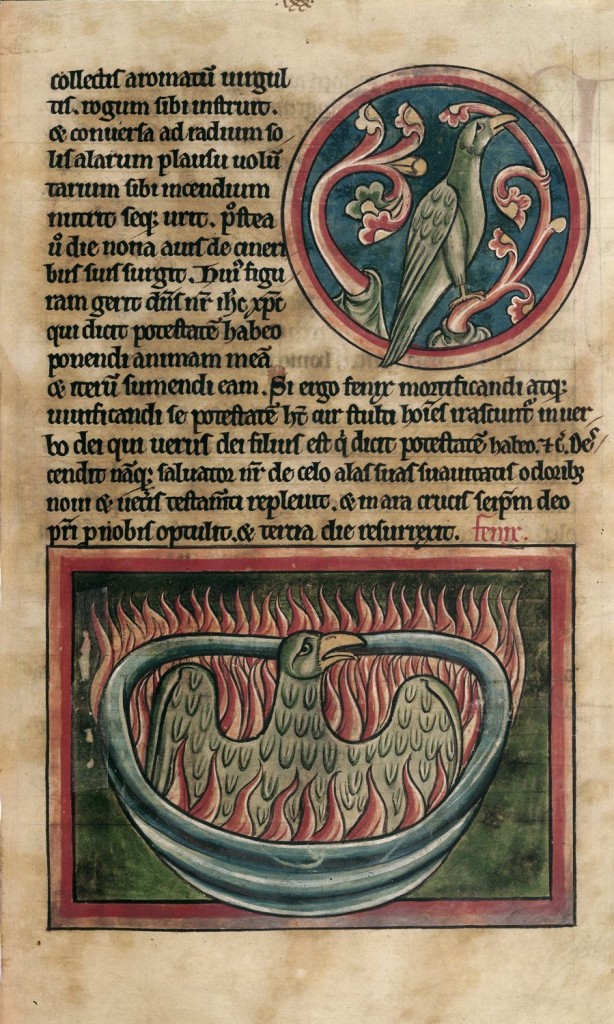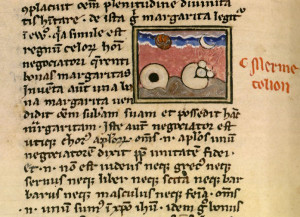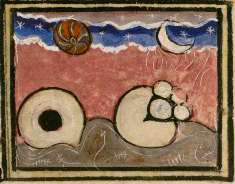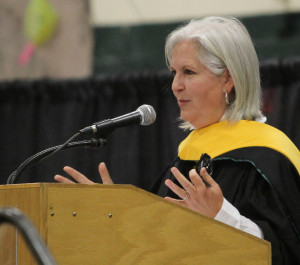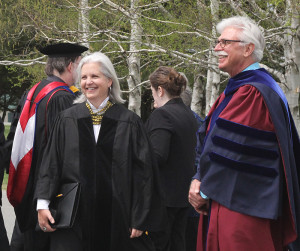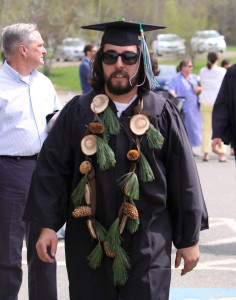On Activism & Cement Eclipses

Taylor Brorby
On Activism
Activism, for better or worse, seems to be the buzzword of our time. Climate change, gender issues, political policy, GMOs, education—all are laced with an element of activism. As I sit at my desk, scratch words across the page, or type letters on a computer screen, I spend more time thinking about what it means to be an activist writer in the 21st century.
My own work revolves around hydraulic fracturing and energy. At this time we, as writers, face some of the most pressing matters in humanity’s history–increasing acidification of oceans, transgender issues, economic wage disparities, women’s reproductive rights, topsoil erosion. The list can, and probably should, go on and on. In my own work, in my desire to speak from a sense of place, peppered with an element of longing, fury, and hope,
Many of us know the work of prominent activists–Upton Sinclair’s The Jungle, Michael Pollan’s The Omnivore’s Dilemma, Barbara Ehrenreich’s Nickled and Dimed, Rebecca Solnit’s Men Explain Things to Me, Rachel Carson’s Silent Spring—because their work is crucial in understanding not only the world we have left behind but also the world we live in. Without writers, we wouldn’t be able to see the pitfalls and foibles of our own actions.
In his 1996 book, The Book of Yaak—a lengthy defense of the Yaak Valley in northwest Montana—Rick Bass says, “Sometimes panic would spike up deep within me—electrical charges of fear registering off the scale—and I would want to abandon all art and spend all my time in advocacy. I still believed in art, but art seemed utterly
extravagant in the face of what was happening. If your home were burning, for instance, would you grab a bucket of water to pour on it, or would you step back and write a poem about it?” You, too, might often feel this when snapping open the newspaper or turning on your computer monitor.
Most days I feel the duality that Bass describes, scratching my head and scribbling in my notepad, wondering how best to convey the degradation of my most sacred place: the Badlands of western North Dakota. Over the past eight years of the Bakken oil boom, the number of reported oil, saltwater, and chemical spills has topped 10,000; housing prices have skyrocketed; the drug trade continues to spread; sex trafficking runs rampant on the prairie; flares roar across the horizon. How do I put pen to paper to speak out against these horrible acts? Maybe the question is this: How do I speak out on behalf of everything I love?
Some days I spend time in bed,done-in by the magnitude of my self-perceived responsibility in writing about this matter, of trying to convey the beauty inherent in native prairie grasses—switchgrass , Indiangrass, or blue gamma—or the long-term shifting of silt, carrying the ancient dust of the Rocky Mountains, settling and forming the striated buttes and bluffs of western North Dakota. Even flora and fauna that I avoid, such as prickly pear cactus or the rattle of the venomous prairie rattlesnake, sneak into my prose. I feel this so deeply because it seems that amid the growing oil boom everything I love is withering and disappearing from my home.
But still I wonder where this writing can rest in our consciousness. So much of our world is divided between liberals and conservatives—
pro -choice and pro-life, large government and small government advocates, organic and GMO food. Where is the conversation that allows us to live in the muck of everyday life?
Activist writing too often lives in the political language of our day. Advocates with a pen create phrases that isolate and reprimand, forcing the reader to easily close the book, never reading another word. This should be recognized as a failure on our parts as writers. As Annie Dillard says, “We should mass half-dressed in long lines like tribesmen and shake gourds at each other, to wake up; instead we watch television and miss the show.”
I try to wake up my neighbors by writing letters-to-the-editor, perhaps our last hope for a democratic state; I travel around the country, speaking at colleges and universities about the perils and pitfalls of fracking; and I
In her essay, “Winter Solstice at Moab Slough,” Terry Tempest Williams says, “I think of my own stream of desires, how cautious I have become with love. It is a vulnerable enterprise to feel deeply and I may not survive my affections…If I chose not to become attached to nouns–a person, place, or thing—then…when a known landscape is bought, sold, and developed, chained or grazed to a stubble…my heart cannot be broken because I never risked giving it away.” Perhaps that is what I am arguing for in a type of new activist writing—a sense of love.
For many of us, writers included, there is a responsibility to render in words the passions of our daily lives.
We pick the world up like a water-worn stone, turn it over, hold it up to the light, examine it from multiple perspectives, and then ask: How shall I describe this? I believe this is how many activist writers feel as well, only their words can feel entrenched, harsh, and grating. I want a writing that is fresh, is filled with zest and gusto; a writing that runs towards its subject, rips open the curtains, and lets the sun shine in. Writing should snap open our eyes, crack open our brains to new perspectives. Activist writing should not so much tell us what to think or feel but instead activate our own inner sense of emotions, energize our own ability to be and do good for the world.
In a beautiful essay called “Doing Good Work Together,” William Kittredge writes, “We live in stories. What we are is stories. We do things
But the story in the wider culture has fallen stale, allowing us to live in a world of particularity—we can choose to only listen to Glenn Beck and Fox News or we can sequester ourselves to The Huffington Post and Derrick Jensen. Activist writers recognize that we largely live in stories that are unworkable. We structure and build our lives around stories that threaten the lives of not only other human beings but also the other creatures of this planet; we export jobs we’d rather not do here to countries that pay lower
The root meaning of the word activist comes from the Latin word actus, which means “a doing, a driving force, or an impulse.” Herman Melville knew something about finding the driving force in writing: “To produce a mighty book, you must choose a mighty theme.”
So in the 21st century I would like to propose that we reexamine what it means to be an activist, what it means to find a doing or maybe better yet, an obsession. Something where we, as writers, can apprentice ourselves, fingering our ways through the nooks and crannies of our minds, lunging towards phrases that create a patchwork of meaning for the reader
As writers, we have a certain responsibility to put out the fire that burns our house. But after sorting and
Isaac Cordal
Cement Eclipses
00
Taylor Brorby is an award-winning essayist, and poet. His chapbook of poems, Ruin: Elegies from the Bakken is through Red Bird Chapbooks and his forthcoming anthology on fracking, Fracture: Essays, Poems, and Stories on Fracking in America is through Ice Cube Press. He is the Reviews Editor for Orion Magazine.
Isaac Cordal is an installation artist whose project Cement Eclipses tackles issues of social importance. These tiny sculptures of people staged in various dire contexts provide thought and raise questions about what it means to be human today. The selected images were completed as part of a residency at The Arts Student League of New York in November 2015.




























